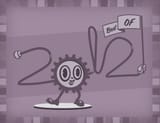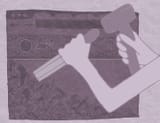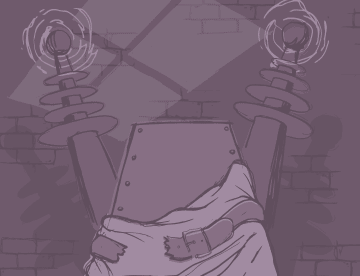
Rethinking Our Prototypical Process
When I started working at Happy Cog three years ago, deliverables fell neatly into two categories: design or code. In the design category, there was another clear division: UX design (wireframes) or graphic design (page comps). But then RWD came in and threw a spoke in the wheel. Since JPEGs only show a fraction of a responsive website, we needed to figure out new ways to communicate the design to move the project forward. We introduced HTML prototyping to replace traditional wireframes, and the lines between UX, graphic design, and front-end development blurred.






